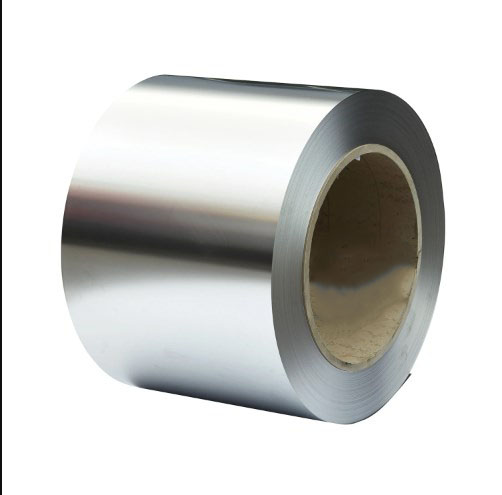- Phone:+86-17331948172 +86-0319-8862898
- E-mail: inquiry@puxingclamp.com
Nov . 12, 2024 17:26 Back to list
wholesale hose clamp tips
Wholesale Hose Clamp Tips for Efficient Sourcing
When it comes to sourcing hose clamps for various applications, understanding the nuances of wholesale purchasing can significantly impact your business’s efficiency and profitability. Hose clamps are essential components in various industries, including automotive, plumbing, and manufacturing, and they play a crucial role in securing hoses to fittings. Here are some useful tips for effectively sourcing wholesale hose clamps.
1. Understand Different Types of Hose Clamps
Before diving into wholesale purchasing, it’s vital to have a clear understanding of the types of hose clamps available. The main categories include
- Constant Tension Clamps These maintain a consistent clamping force, making them ideal for environments where temperature fluctuations occur. - Worm Gear Clamps Commonly used in everyday applications, they are versatile and easy to adjust. - Spring Clamps These are suitable for applications where flexibility is key, as they can expand and contract with changing temperatures. - T-Bolt Clamps Designed for heavy-duty applications, they provide a strong hold for larger hoses.
Knowing the specific type you need will guide you in selecting the right supplier and managing inventory effectively
.2. Research Suppliers Thoroughly
Sourcing wholesale hose clamps requires diligent research into potential suppliers. Look for reputable manufacturers with a good track record, quality certifications, and positive reviews from other customers. Websites such as Alibaba, ThomasNet, or industry-specific directories may help you find options. It’s also beneficial to reach out to industry colleagues for recommendations.
3. Compare Pricing and Quality
While cost is a crucial factor, it should not come at the expense of quality. Once you have a shortlist of suppliers, request samples to evaluate their products. Compare not only prices but also the material quality, durability, and practicality of each option. Some suppliers may offer bulk discounts, so be prepared to negotiate for a better deal if you’re making a significant order.
wholesale hose clamp tips

4. Consider Bulk Orders and Inventory Management
Wholesale purchasing often involves bulk orders, which can help reduce costs. However, it’s essential to balance your stock levels to avoid overstocking or running out of supplies. Implement inventory management software or systems to track your usage and reorder points, ensuring you can meet demand without tying up too much capital in stock.
5. Check for Compliance and Standards
Ensure that the hose clamps you source comply with industry standards and regulations. This is particularly important in sectors like automotive or food and beverage, where safety and quality are paramount. Request documentation regarding material safety data sheets (MSDS) or certifications from your suppliers to confirm compliance.
6. Build Long-term Relationships with Suppliers
Establishing strong relationships with suppliers can lead to better pricing, priority service, and exclusive deals. Communicate regularly and provide feedback, and don't hesitate to express your needs and expectations. This collaboration can result in a more predictable supply chain, ultimately boosting your business's reputation and reliability.
7. Stay Updated on Industry Trends
The market for hose clamps is continually evolving. Keeping abreast of the latest trends in materials, design, and technology will help you make informed purchasing decisions. Subscribe to industry publications, attend trade shows, and join relevant online forums or associations to network with other professionals.
Conclusion
Sourcing wholesale hose clamps involves more than just finding the lowest price. By understanding the different types of clamps, researching suppliers thoroughly, and maintaining an effective inventory system, you can ensure that your business maintains a competitive edge. Fostering strong supplier relationships and staying informed about industry trends will further enhance your sourcing strategy. Armed with these tips, you can streamline your procurement process, reduce costs, and ultimately ensure the success of your projects.
-
Heavy Duty Hose Clamp | Premium Durability & Security
NewsAug.01,2025
-
Large Stainless Steel Adjustable American Type Hose Clamp - Hebei Pux Alloy Technology Co., Ltd.
NewsAug.01,2025
-
Large Stainless Steel Adjustable American Type Hose Clamp - Hebei Pux Alloy Technology Co., Ltd
NewsAug.01,2025
-
Large Stainless Steel Adjustable American Type Hose Clamp - Hebei Pux Alloy Technology Co., Ltd.
NewsJul.31,2025
-
Large Stainless Steel Adjustable American Type Hose Clamp - Hebei Pux Alloy Technology Co., Ltd | Corrosion Resistance, High Torque
NewsJul.31,2025
-
Durable Hose Clamps with GPT-4 Turbo Tech | Secure Sealing
NewsJul.31,2025




